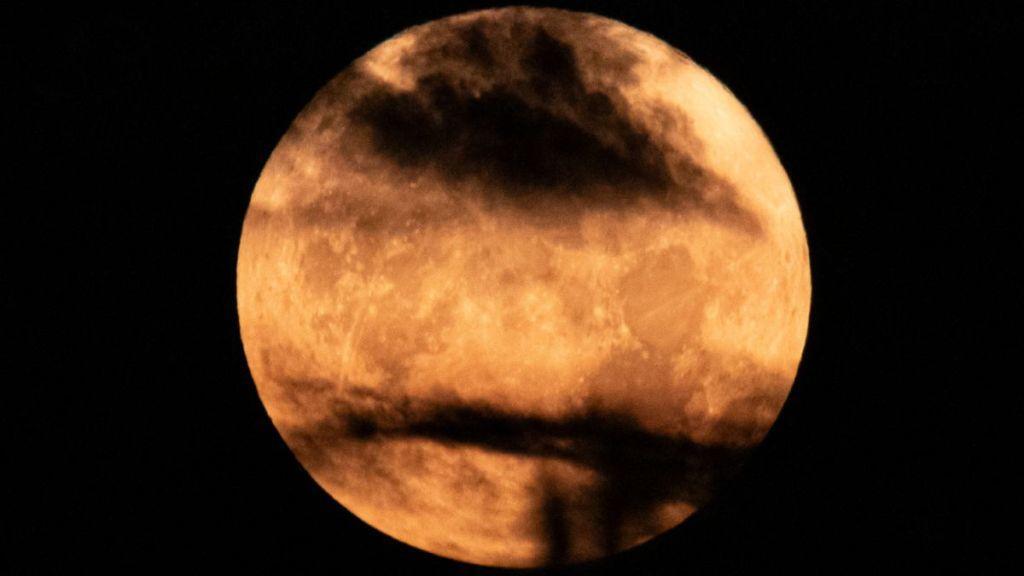
Why July’s Full Moon is Called the Buck Moon
The term “Buck Moon” may seem unusual to those who are not familiar with the Native American traditions. However, the name has a deep connection with the natural world and the changing seasons. In July, the full moon is often referred to as the Buck Moon, a name that originates from the observation of male deer, also known as bucks, during this time of the year.
As the summer solstice approaches, the days start to get shorter, and the temperature begins to rise. This signals the end of the spring season, and the start of the growth season for many living beings. In the case of male deer, July marks the beginning of their antler regrowth. After shedding their antlers in the spring, bucks start to regrow them, and it’s a remarkable process. Antlers grow as much as a quarter-inch per day, making it one of the fastest-growing biological substances in the world.
The buck moon is a time when the male deer are busy regrowing their antlers, which is essential for their survival. Antlers are used for mating, territorial marking, and defense against predators. The process of antler regrowth is a testament to the incredible adaptability and resilience of these magnificent creatures.
The term “Buck Moon” is not the only name given to July’s full moon. Other names, such as Thunder Moon, Hay Moon, and Salmon Moon, are also used by different cultures and regions. The Thunder Moon gets its name from the frequent thunderstorms that occur during this time of the year. The Hay Moon, on the other hand, is a reference to the harvest season, when farmers would be busy cutting and drying hay. The Salmon Moon is a name used by coastal communities, as it coincides with the peak salmon fishing season.
The buck moon has been an important part of Native American culture for centuries. Many tribes would hold ceremonies and rituals to honor the buck moon, recognizing its significance in the natural world. These ceremonies would often involve storytelling, singing, and feasting, as well as prayers and offerings to the spirits.
In modern times, the buck moon has gained popularity among stargazers and nature enthusiasts. As the full moon rises in the sky, it’s a reminder of the beauty and wonder of the natural world. The buck moon is a time to slow down, take in the sights and sounds of nature, and connect with the world around us.
If you’re interested in watching the buck moon, there are a few things you can do. First, find a spot with a clear view of the horizon. The full moon will rise in the east, so try to find a spot that faces east. Bring a blanket or chair to make yourself comfortable, and take in the sights and sounds of the natural world. You can also try to find a spot with minimal light pollution, as this will enhance your viewing experience.
In conclusion, the buck moon is a fascinating natural phenomenon that has been an important part of Native American culture for centuries. The name “Buck Moon” is a reference to the regrowth of male deer antlers, which is a remarkable process that occurs every year. Whether you’re interested in astronomy, nature, or Native American culture, the buck moon is an event worth experiencing. So, mark your calendars for July, and get ready to witness the beauty and wonder of the buck moon.
News Source:
https://www.financialexpress.com/world-news/us-news/buck-moon-2025-how-and-when-to-watch/3908580/lite/






